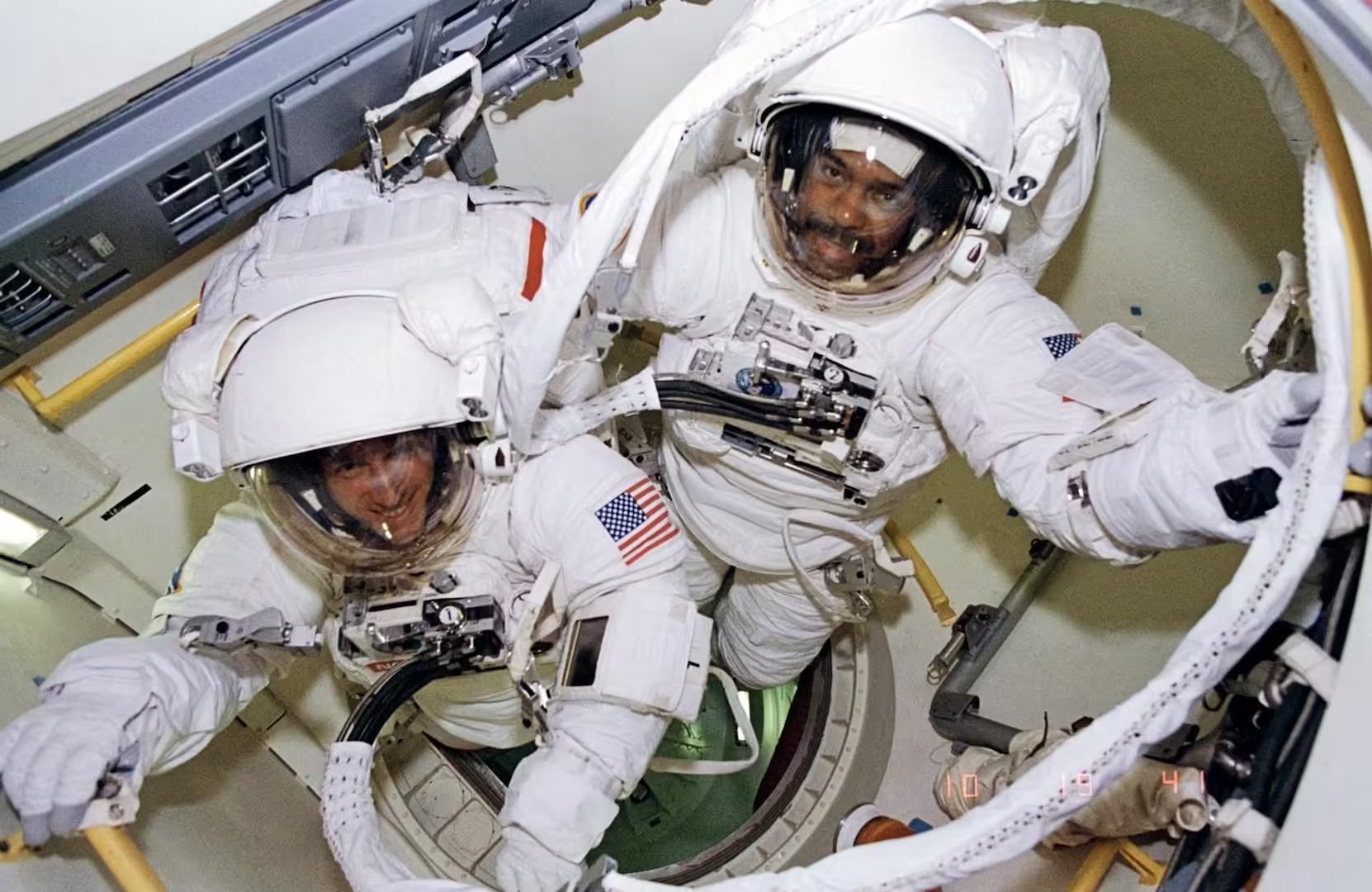SpaceX is set to undertake its first-ever private spacewalk next week, pushing the boundaries of space exploration with innovative equipment such as slim spacesuits and a cabin designed without an airlock. This mission, one of the most ambitious yet for Elon Musk’s space company, will see a billionaire entrepreneur, a retired military fighter pilot, and two SpaceX employees embark on a trailblazing journey.
The mission, named Polaris Dawn, will commence with a launch on Tuesday aboard a modified Crew Dragon spacecraft. Two days later, the crew will perform a 20-minute spacewalk at an altitude of 434 miles (700 km), significantly higher than the International Space Station (ISS), which orbits 250 miles (400 km) above Earth.
Polaris Dawn will complete a five-day mission in an oval-shaped orbit, ranging from as close as 190 km (118 miles) to as far as 1,400 km (870 miles) from Earth— the farthest humans have traveled since the Apollo moon missions ended in 1972.
The crew, including billionaire Jared Isaacman, who funded the mission, will wear SpaceX’s new slimline spacesuits. The Crew Dragon has been modified to allow its hatch door to open directly in the vacuum of space, eliminating the need for an airlock.
Retired NASA astronaut Garrett Reisman noted, “They’re pushing the envelope in multiple ways and going to a much higher altitude with a more severe radiation environment than we’ve seen since Apollo.”
Isaacman, founder of Shift4, has invested over $100 million in the mission. Joining him are mission pilot Scott Poteet, a retired U.S. Air Force lieutenant colonel, and SpaceX engineers Sarah Gillis and Anna Menon.
For SpaceX, known for its innovations in reusable rockets and private spaceflight, this mission is a chance to test technologies that could be crucial for future lunar and Martian missions. The Crew Dragon and spacesuits will face significant tests as they pass through the Van Allen belts, where charged particles from the sun could impact electronics and human health.
The spacewalk, scheduled for the mission’s third day, will involve depressurizing the Crew Dragon’s cabin and exposing it to space. Only two astronauts will venture outside, tethered by an oxygen line, while the rest of the crew will rely on their spacesuits for life support.
Preparations will include a “pre-breathe” process to remove nitrogen from the cabin air, reducing the risk of decompression sickness. The crew will use ultrasound and other tools to monitor their condition, providing valuable data for future deep space missions.
Despite rigorous planning, there are no established U.S. standards for private spaceflight safety, but SpaceX has prepared for various contingencies. Reisman emphasized, “There’s not a lot of room for error,” highlighting the mission’s high-stakes nature.



